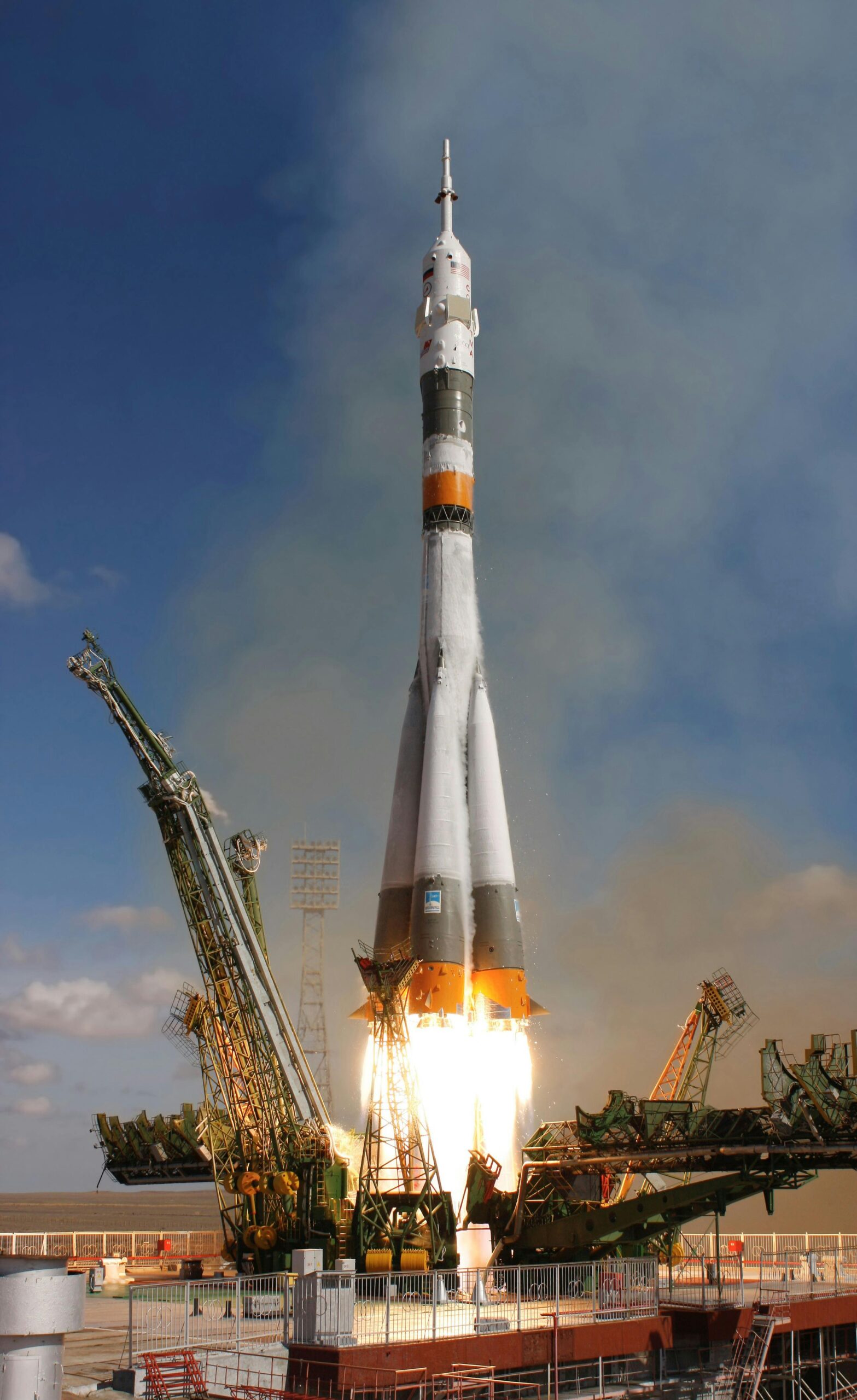Starship Breaks Up After Record Flight, Says SpaceX
Starship Breaks Apart After Record Flight: Setback for Elon Musk’s Space Dreams
Texas, May 27, 2025 –
For a few shining minutes, it looked like Elon Musk’s dream of reaching Mars was closer than ever. The Starship, the largest and most powerful rocket ever built, thundered into the sky from SpaceX’s launchpad in Boca Chica, Texas. Cameras tracked its smooth ascent. Engineers cheered. The test seemed like a major win.
But just over 30 minutes later, celebration turned to disappointment. The rocket — though it reached space — broke apart during reentry over the Indian Ocean, scattering debris and putting another mark in the “lessons learned” column for SpaceX.
A Flight That Reached Farther, Fell Harder
This wasn’t the first Starship to fail, but it was the longest flight yet. That’s why this one hurt a little more. Not just for Musk and his team, but for the space community watching closely.
The rocket’s booster, Super Heavy, separated as planned and returned toward Earth. Unfortunately, it didn’t survive the descent — breaking up above the Gulf of Mexico before it could be recovered.
The upper part of the rocket, Starship itself, traveled halfway around the planet. But then, it started to spin. A propellant leak likely caused the spacecraft to lose control. Instead of gliding back smoothly, the giant rocket tore apart in the upper atmosphere.

Why SpaceX Still Calls It a Success
Yes, it failed. But not in vain.
Every crash, every breakup, every spin-out teaches SpaceX something. Engineers now have reams of flight data to pore over — information they couldn’t simulate in labs or computer models.
Elon Musk, as usual, struck a hopeful tone. In a post on X (formerly Twitter), he wrote:
“Big progress today. We’ll fix the issues and try again soon.”
The Bigger Picture: Mars, Moon, and Beyond
Starship isn’t just a billionaire’s toy. It’s the backbone of NASA’s future moon missions and a key piece of Musk’s plan to eventually send humans to Mars. The rocket is designed to carry more cargo, more people, and travel farther than anything before it.
But it has to survive spaceflight first.
NASA is watching closely. They’re relying on a modified version of Starship to land astronauts on the Moon by the end of the decade. Another failure doesn’t end that plan — but it does add pressure.
Where Things Stand Now
- Starship reached space and reentered — a milestone in itself
- The booster and upper stage both failed to land successfully
- An FAA investigation is now underway
- SpaceX will need approval before launching again
- Musk says the next launch attempt could come within weeks
Final Thought
SpaceX’s motto is “fail fast, learn faster.” With Starship, that philosophy is being tested — literally. Each launch may fall short, but for Musk, every crash is just a stepping stone to Mars.
You May Like More
Zelensky’s Spider Web Op Sends Clear Message
Massive Blasts Rock Russian Air Base Near Ukraine Border
Train Derails in Russia After Bridge Collapse, 7 Dead
Operation Sindoor: India Faced Air Losses, Says CDS Chauhan







